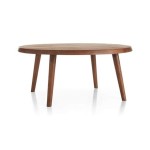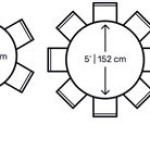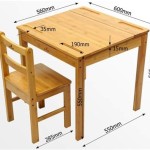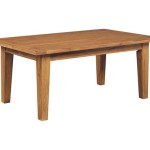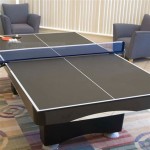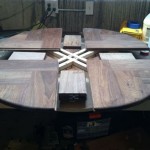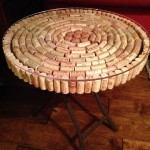Essential Aspects of Antique Tilt Top Table Latch
Antique tilt top tables are captivating pieces that embody the charm and artistry of bygone eras. These tables feature a unique mechanism that allows their tops to tilt, making them both functional and aesthetically pleasing. An essential component of these tables is the latch, which plays a crucial role in securely holding the top in place when it is tilted. Understanding the various aspects of antique tilt top table latches is vital for properly maintaining and appreciating these timeless treasures.
Types of Latches
There are several types of latches used on antique tilt top tables, each with its own distinct design and functionality. Some common types include:
- Spring Latches: These latches utilize a spring mechanism to keep the top securely in place. When the top is tilted, the spring compresses, allowing for a smooth and effortless locking motion.
- Gravity Latches: Gravity latches rely on the weight of the table's top to keep it closed. When the top is tilted, the latch automatically engages, locking the top into position.
- Bolt Latches: Bolt latches feature a simple but effective locking mechanism. A bolt is inserted into a hole on the table's apron, providing a secure hold for the top.
Materials and Finishes
Antique tilt top table latches are typically made of metal, such as brass, iron, or steel. The choice of material often complements the overall design of the table. The latches may also exhibit different finishes, ranging from polished to antiqued, enhancing their visual appeal.
Age and Provenance
The age and provenance of an antique tilt top table latch can provide valuable insights into the history and significance of the table itself. By studying the latch's design, materials, and craftsmanship, experts can often determine the approximate period in which the table was crafted. Additionally, knowing the provenance of a latch can help to establish the table's authenticity and pedigree.
Maintenance and Repair
Proper maintenance and repair are essential for preserving the functionality and beauty of antique tilt top table latches. Regular cleaning and lubrication can prevent rust and corrosion. In the event of damage, it is advisable to seek the assistance of a qualified antique furniture restorer who can repair or replace the latch while maintaining the table's historical integrity.
Conclusion
Antique tilt top table latches are indispensable components that lend both practicality and aesthetic allure to these captivating pieces of furniture. By understanding the various types, materials, age, and maintenance aspects of these latches, collectors and enthusiasts can appreciate the intricate craftsmanship and preserve the legacy of these timeless treasures for generations to come.

Tilt Top Table Catches Paxton Hardware

Latch Antique Tilt Table Lock Victorian Top Furniture Wall Cabinet

Latch Antique Tilt Table Lock Victorian Top Furniture

Tilt Top Table Catches Paxton Hardware

19th Century English Tilt Top Antique Table

Tilt Top Table Latch Finewoodworking

Catches Ball And Llc

Table Tilt Catch Small

Latch Antique Tilt Table Lock Victorian Top Furniture Wall Cabinet

Latch Antique Tilt Table Lock Victorian Top Furniture

